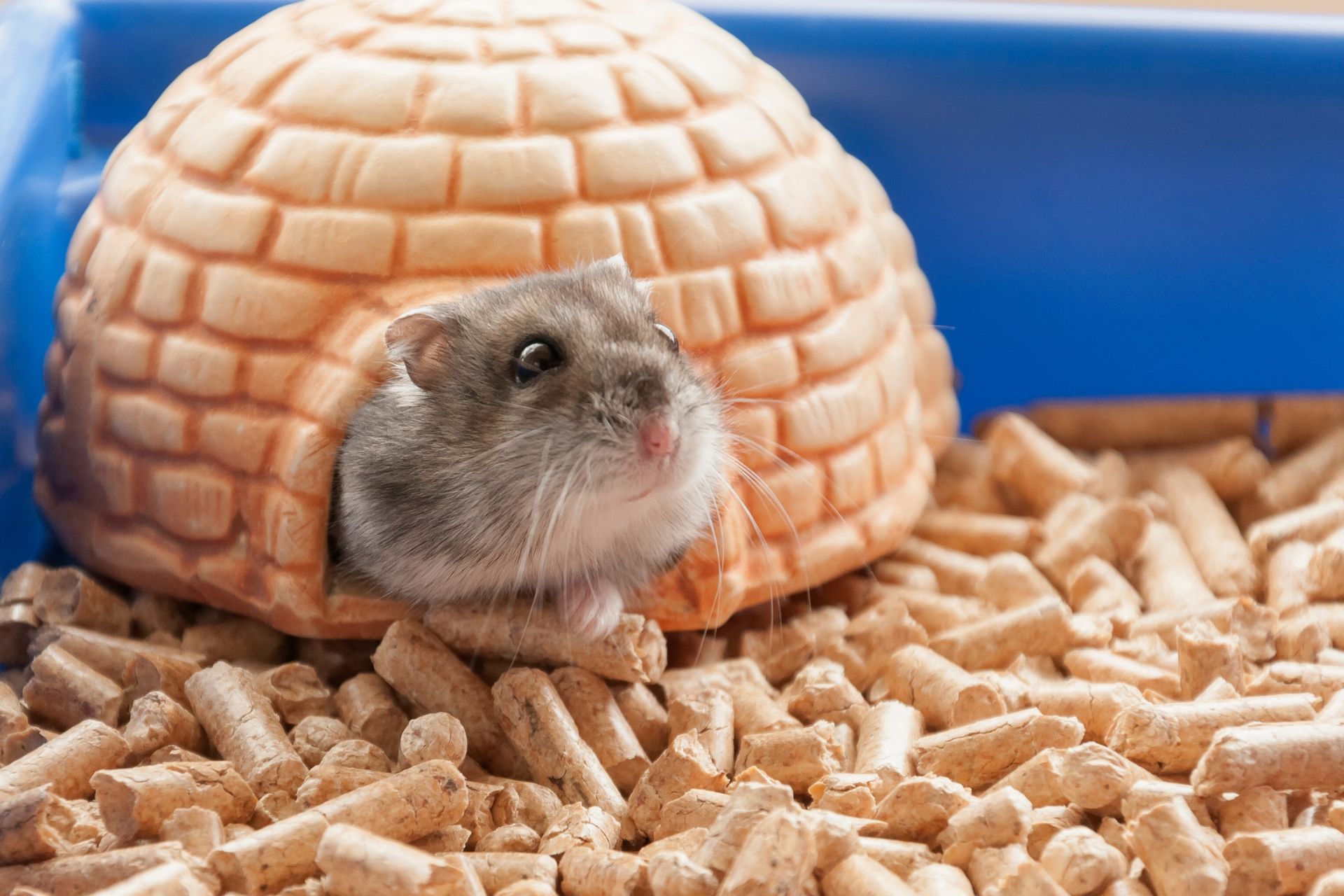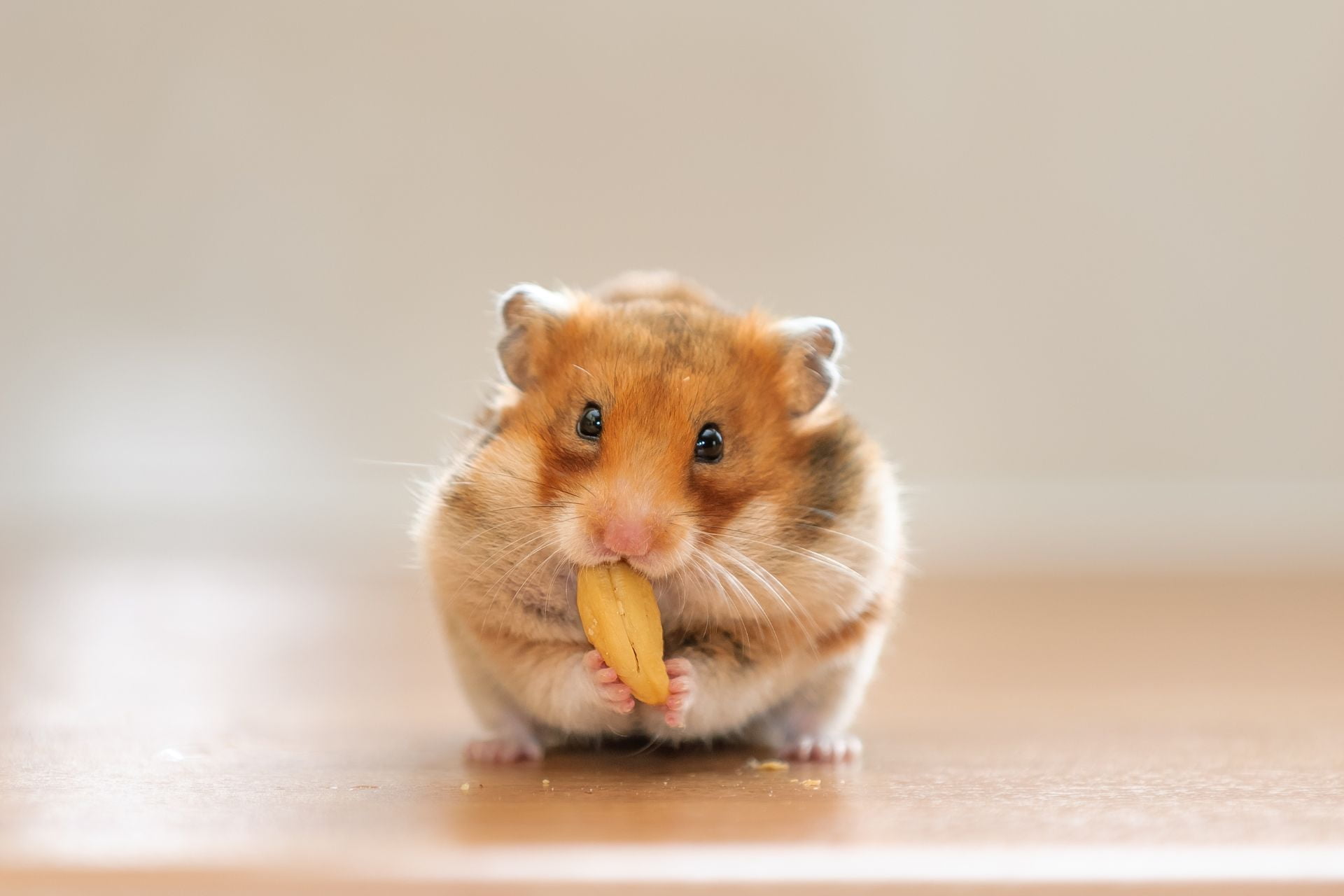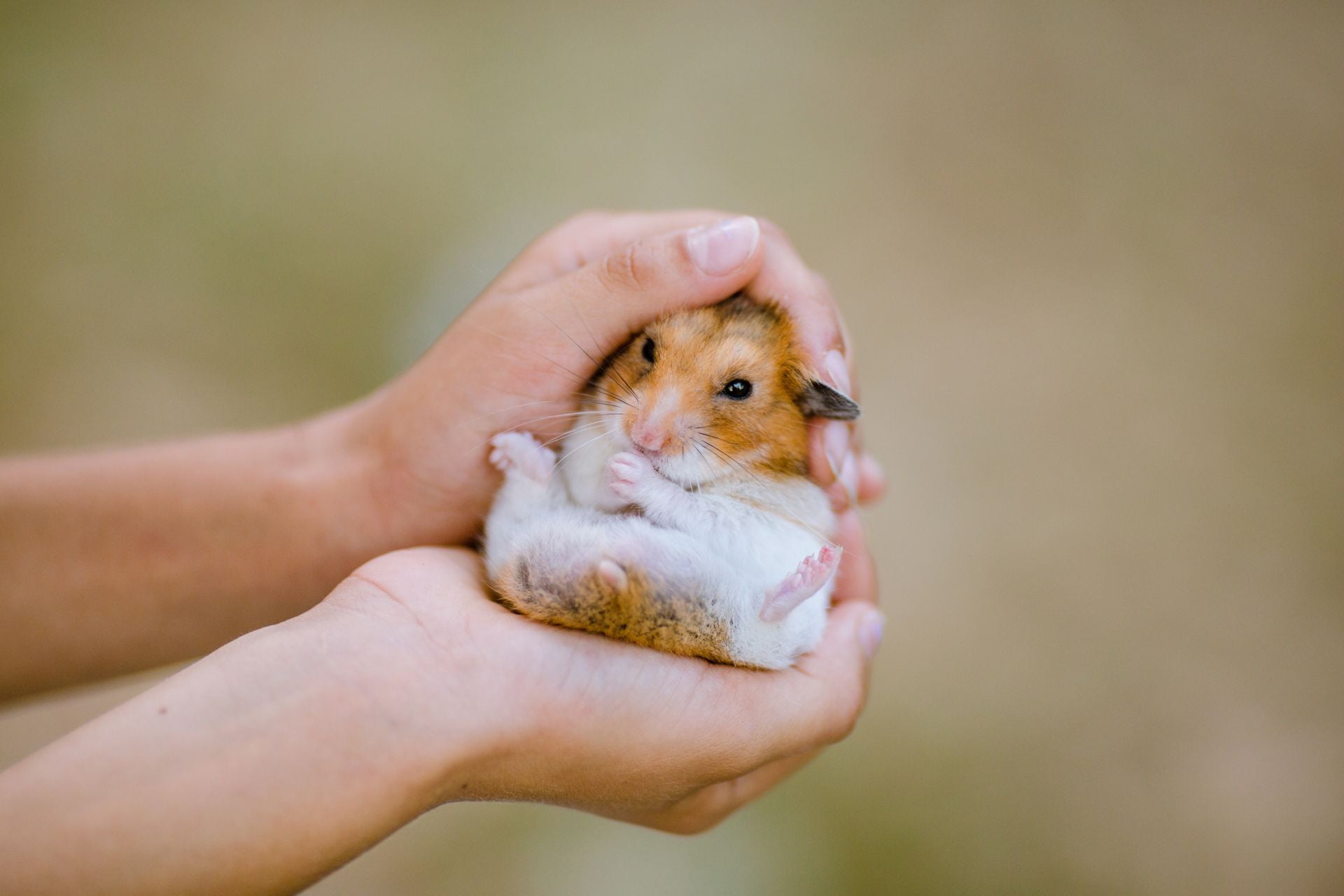Hamsters are delightful and active pets that require a suitable and well-equipped cage for their overall well-being. A properly set up cage provides them with a comfortable habitat, ample space to explore, and opportunities for mental stimulation. If you’re a new hamster owner or looking to improve your current setup, this article will guide you through the essential tips for creating an ideal hamster cage environment.
Contents
- Introduction
- Choosing the Right Cage
- Cage Placement
- Cage Setup Essentials
- Enrichment and Accessories
- Food and Water Stations
- Maintaining Cleanliness
- Safety Considerations
- Introducing the Hamster to the New Cage
- Monitoring and Adjusting
- Conclusion
- FAQs
Introduction
When bringing a hamster into your home, it’s crucial to prioritize their housing needs. A well-designed cage not only ensures the hamster’s safety but also supports their natural behaviors and instincts. By following the right hamster cage setup tips, you can provide a nurturing environment that promotes their physical and mental health.
Choosing the Right Cage
The first step in setting up a hamster cage is selecting the right one. Consider the following factors to make an informed decision:
Size and Space Requirements
Hamsters need ample space to move around and engage in their natural behaviors. A minimum floor space of 360 square inches is recommended, but the larger the cage, the better. Ensure the cage height is suitable for your hamster’s breed, allowing them to stand upright without restrictions.
Material and Construction
Opt for a cage made of sturdy, non-toxic materials. Wire cages with narrow spacing between the wires are generally suitable, but ensure the hamster cannot squeeze through or get stuck. Alternatively, aquariums or plastic modular cages can provide a safe and secure environment.
Accessibility and Ease of Cleaning
Choose a cage with multiple access points, such as front doors or removable tops, to facilitate cleaning and handling. Easy access allows you to interact with your hamster and maintain their cage hygiene without causing unnecessary stress.
Cage Placement
Once you have chosen the right cage, consider its placement within your home:
Ideal Location for the Hamster Cage
Place the cage in a quiet area away from direct sunlight, excessive noise, and drafts. Hamsters are sensitive to temperature fluctuations, so avoid areas near heating or cooling sources.
Temperature and Lighting Considerations
Maintain a comfortable temperature range for your hamster, typically between 65°F and 75°F (18°C to 24°C). Ensure the cage is not exposed to direct sunlight, as it can cause overheating. Provide indirect natural light or use a low-wattage light source for a consistent day-night cycle.
Cage Setup Essentials
Now it’s time to prepare the inside of the cage to ensure your hamster’s comfort and well-being:
Bedding Options for Comfort and Hygiene
Choose safe bedding material, such as paper-based or aspen shavings. Avoid cedar or pine shavings as they can be harmful to hamsters’ respiratory systems. Provide a layer of bedding that allows for burrowing and nest-building.
Importance of a Solid Base and Proper Ventilation
Line the cage floor with a solid base to prevent bedding from falling through. Adequate ventilation is crucial to maintain air quality. Ensure the cage design allows for proper airflow while preventing drafts.
Providing Hiding Spots and Tunnels for Exploration
Create a stimulating environment by adding tunnels, hideouts, and other enrichment items. These provide opportunities for exploration, privacy, and mental stimulation, helping to prevent boredom and stress.
Enrichment and Accessories
Hamsters are active and curious creatures, so it’s important to provide them with suitable toys and accessories:
Importance of Mental Stimulation for Hamsters
Mental stimulation is essential to keep hamsters happy and engaged. Provide a variety of toys, including chew toys, tunnels, and puzzle feeders. Rotate the toys regularly to prevent boredom.
Suitable Toys and Chew Items
Choose toys made specifically for hamsters, avoiding small parts that could be ingested. Wooden chew toys, safe plastic toys, and items for climbing and hiding are excellent options to keep your hamster entertained.
Exercise Wheel Options and Considerations
An exercise wheel is a must-have accessory for hamsters. Opt for a solid-surface wheel that is appropriately sized for your hamster’s breed. Avoid wire wheels or those with small rungs, as they can cause injury.
Food and Water Stations
Proper placement of food and water containers is essential for your hamster’s health and well-being:
Placement of Food and Water Containers
Place food and water containers in designated areas within the cage. Ensure they are easily accessible for your hamster. Keep them away from bedding areas to prevent contamination.
Choosing Suitable Feeding Dishes
Use heavy, non-tip bowls or dishes to prevent spillage. Ceramic or glass bowls are recommended, as they are sturdy and easy to clean. Avoid plastic dishes that can be chewed and damaged.
Preventing Contamination and Ensuring Fresh Water
Regularly clean and replenish food and water containers. Remove any uneaten food to prevent spoilage. Hamsters require fresh water daily, so check the water level and cleanliness regularly.
Maintaining Cleanliness
A clean and hygienic cage is crucial for your hamster’s health:
Regular Cleaning and Spot-Cleaning Routines
Establish a regular cleaning routine to keep the cage fresh and odor-free. Perform spot-cleaning daily by removing any soiled bedding, droppings, or uneaten food. This helps maintain a clean living space for your hamster.
Safe Cleaning Products and Techniques
When cleaning the entire cage, use mild, pet-safe detergents or a vinegar-water solution. Rinse thoroughly and ensure all cleaning agents are completely removed. Avoid using strong chemicals or aromatic products that can harm your hamster.
Preventing Odor and Maintaining Hygiene
Proper ventilation, regular cleaning, and suitable bedding choices can help control odors. Maintain cleanliness to prevent the buildup of bacteria or ammonia, which can be harmful to your hamster’s respiratory system.
Safety Considerations
Creating a safe environment is essential to prevent accidents or harm to your hamster:
Avoiding Small Gaps and Openings
Ensure the cage design has appropriate wire spacing or secure panels to prevent escape or injury. Check for any gaps or openings that your hamster could squeeze through. Regularly inspect the cage for any signs of wear or damage.
Checking for Potential Hazards
Remove any small objects, sharp edges, or toxic materials from the cage. Avoid using wire mesh flooring or shelves with large gaps that can cause foot injuries. Be cautious with cords or electrical wires near the cage.
Securing the Cage Against Escape Attempts
Hamsters are skilled climbers and can be surprisingly agile. Ensure the cage has a secure locking mechanism to prevent accidental escapes. Regularly check for loose or damaged parts that could compromise the cage’s integrity.
Introducing the Hamster to the New Cage
When transitioning your hamster to their new home, follow these steps to minimize stress:
Gradual Transition Process
Move your hamster to the new cage gradually. Place familiar objects, such as their old bedding or a favorite toy, in the new cage to provide a sense of familiarity.
Providing Familiar Objects and Scents
Introduce items that carry the scent of the hamster’s previous environment, such as nesting material or chew toys. This helps the hamster feel more secure and comfortable in their new cage.
Observing the Hamster’s Behavior
Monitor your hamster closely during the transition period. Observe their eating, drinking, and exploration habits to ensure they are adjusting well to the new cage. Seek veterinary advice if you notice any significant changes in behavior.
Monitoring and Adjusting
Regular monitoring and occasional adjustments will help ensure your hamster’s ongoing comfort:
Regularly Checking the Condition of the Cage
Inspect the cage frequently for any signs of damage, wear, or hazards. Replace or repair any worn-out parts promptly. Regularly check for chewed areas that may require reinforcement.
Making Necessary Modifications or Improvements
Based on your hamster’s preferences and behaviors, make adjustments to the cage setup as needed. Provide new toys, rearrange existing items, or introduce different bedding materials to keep the environment stimulating.
Adapting to the Hamster’s Preferences and Needs
Each hamster has unique preferences and needs. Pay attention to what your hamster enjoys or dislikes. Offer a variety of toys, bedding options, and hideouts to cater to their individual requirements.
Conclusion
Creating a suitable and enriching cage environment is crucial for the well-being of your hamster. By following the hamster cage setup tips outlined in this article, you can ensure your furry friend has a comfortable and stimulating home. Remember to regularly assess the cage, provide mental and physical enrichment, and monitor your hamster’s behavior to address any potential issues promptly.
FAQs
Q: What is the recommended size for a hamster cage?
A: The minimum recommended size for a hamster cage is 360 square inches of floor space.
Q: Can I use a wire cage for my hamster?
A: Yes, wire cages can be suitable as long as the spacing between the wires is narrow enough to prevent escape.
Q: How often should I clean the hamster cage?
A: It is advisable to perform regular spot-cleaning and a full cage clean-out once a week.
Q: Can I use cedar or pine shavings as bedding for my hamster?
A: No, cedar and pine shavings can be harmful to hamsters. Opt for safe bedding options like paper-based or aspen shavings.
Q: Do hamsters need exercise wheels?
A: Yes, exercise wheels are essential for hamsters’ physical activity and mental stimulation. Choose a solid, appropriately-sized wheel.











Join the discussion One Comment